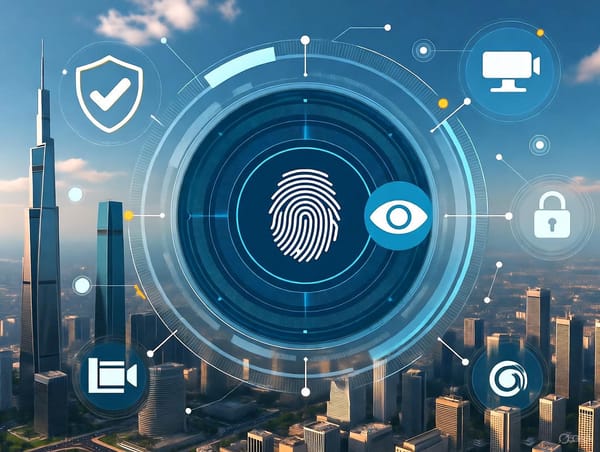Decoding People
By decoding behaviors like aggression, silence, or over-eagerness with curiosity and empathy, we can uncover unspoken needs and build deeper, more meaningful connections.

Human behavior is a rich tapestry woven from emotions, intentions, and needs. Every action, word, or silence offers clues to unspoken drives. By learning to decode these cues—whether a burst of aggression, a quiet pause, or an eager demeanor—we can respond with empathy, fostering deeper connections.
The Language of Behavior
Behavior is a universal yet personal nonverbal language. A clenched fist or hesitant pause can reveal someone’s inner state. To understand it, approach with curiosity: What need is this behavior expressing? This mindset opens the door to meaningful interactions.
Aggression: The Mask of Vulnerability
What It Reveals
Aggression often conceals vulnerability. A coworker snapping over missed deadlines may feel attacked, perhaps grappling with imposter syndrome or external pressures like financial stress. Their outburst signals a need for respect or security, not just frustration.
How to Respond
Stay calm and acknowledge their emotions: “I see you’re upset.” Gently explore triggers, offering reassurance while setting boundaries if needed. Empathy can transform tension into constructive dialogue.
Silence: The Weight of Unspoken Words
What It Reveals
Silence is rarely empty. It can be a shield for self-preservation or a need for processing. A friend who grows quiet during a heated discussion might fear rejection, using silence to feel safe. For neurodivergent individuals, it might reflect sensory overload.
How to Respond
Resist filling the silence. Ask, “Is there something you’d like to share?” and observe nonverbal cues like body language. Your presence can make them feel heard without pressure.
Over-Eagerness: The Hunger for Acceptance
What It Reveals
Over-eagerness, like excessive people-pleasing, often stems from a longing for validation. A colleague overcommitting to projects might fear being seen as dispensable, driven by insecurity or a need for belonging.
How to Respond
Acknowledge their efforts: “I appreciate your energy.” Encourage authenticity with, “I’d love to hear your thoughts.” This builds confidence, easing their need to perform.
The Role of Context
No behavior exists in isolation. A raised voice might signal anger or enthusiasm, depending on cultural norms. In Mediterranean cultures, animated debate shows engagement; in East Asian cultures, it may seem disruptive. Personal history, like a chaotic upbringing, can shape behaviors like silence. Consider these factors to interpret actions accurately.
Responding with Empathy
Decoding behavior reveals the humanity in others. Try these steps:
- Observe without judgment, staying curious.
- Validate emotions (e.g., “I see you’re upset”).
- Ask open-ended questions like “What’s on your mind?”
- Set boundaries while recognizing needs.
- Be patient as you hone this skill.
These actions build trust and deepen connections.
The Art of Seeing Beneath the Surface
Decoding behavior is about openness and patience. Aggression, silence, or over-eagerness are stories of human needs. Pause and ask: What is this person trying to tell me? Practice this in your next conversation—with a colleague, friend, or stranger—and watch your relationships transform. Small moments of empathy create a world where everyone feels valued.





